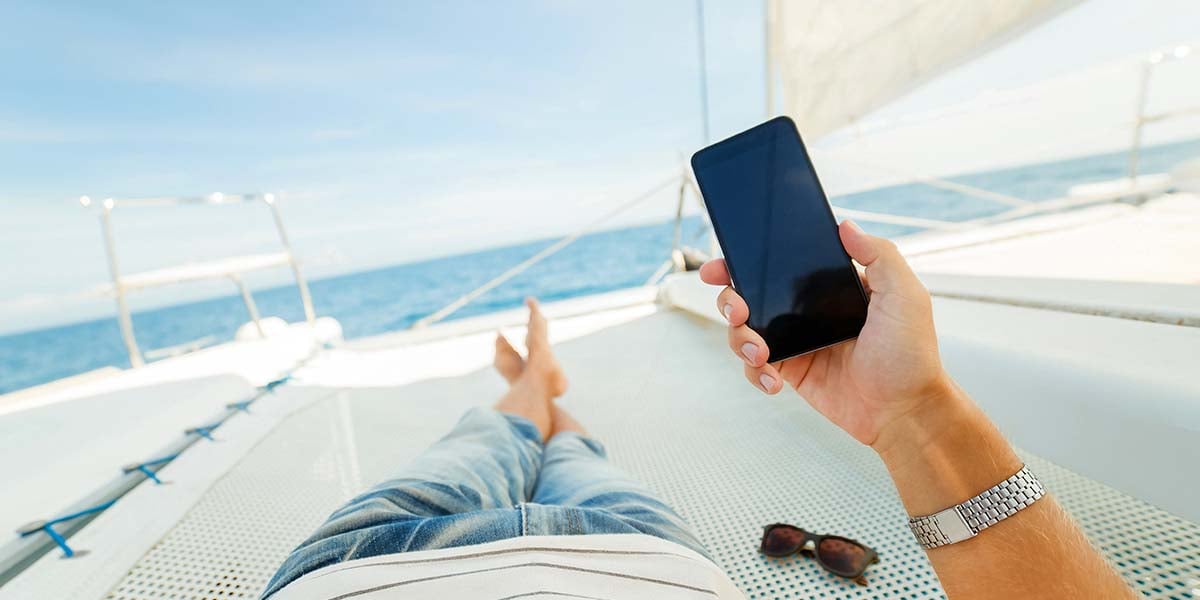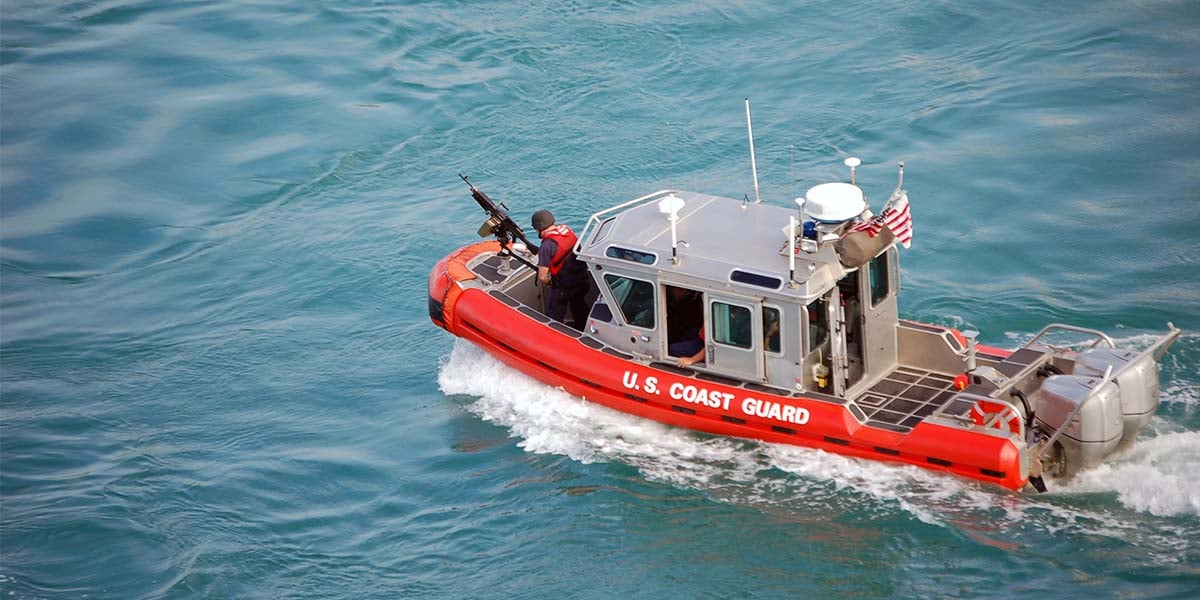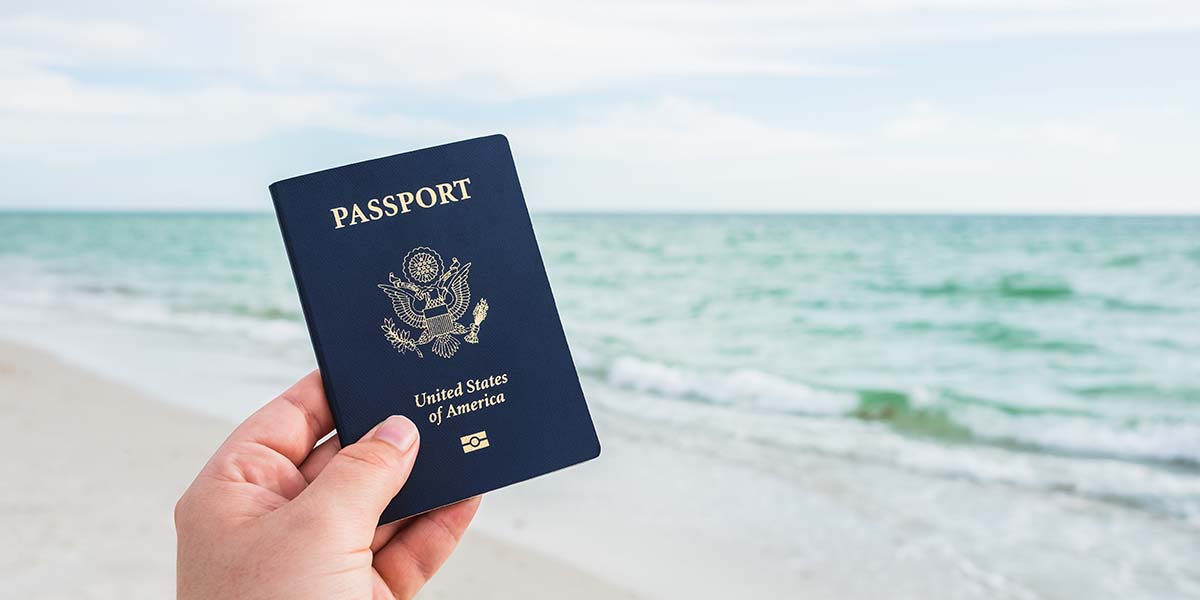Much as Leopard owners love the open seas, sooner or later, we must make landfall. If your cruising itinerary calls for a stop in the United States — as homeport or port of call — you’ll want to be up-to-date on the country’s current requirements and procedures for entry and reentry.
Here’s an overview to help you glide into the U.S. on smooth regulatory waters.
When do I need to call customs?
Every boat that has visited a foreign port during its travels must immediately report its arrival in the U.S. to Customs and Border Protection (CBP) authorities. You have “arrived” the first time you dock or drop anchor. While this report can be made in person or via phone, you won’t be surprised to learn there’s an app for that.

Can I clear in by video chat?
CBP’s Reporting Offsite Arrival - Mobile (ROAM) app allows U.S. citizens to digitally deliver all the information required to receive entry clearance for the vessel, crew, passengers and cargo. If necessary, the reviewing CBP officer can even initiate a video call with the vessel’s master to clarify any questions or issues. Based on the reviewing officer’s evaluation during the video call, she may schedule an in-person inspection of your Leopard.
What if I am not a US citizen?
Non-U.S. citizens are required to undergo an in-person inspection of their vessel. During that review, the CBP officer will ask for proof that all foreign visitors onboard have been issued an I-94, which documents their arrival and time allowed in the country.
What if CBP wants to visit my boat?
In preparation for a possible CBP visit, make sure you have every passenger’s travel documents and the boat’s ownership papers. American citizens should have proof of citizenship. Before your trip, be sure to review the government’s list of items banned from import. That knowledge could save you money, time and regulatory hassles.
It’s also a good idea to double-check that your boat is in compliance with the U.S. Coast Guard’s safety and environmental regulations. While CBP does not enforce such rules, it will report notable violations to the Coast Guard.

What do I do after CBP leave?
Once you’ve passed muster with CBP, your entry approval is delivered via push notices on the ROAM app and email.
(Note: Because the U.S. territories of Puerto Rico and the U.S. Virgin Islands have their own customs procedures, cruisers coming from the mainland U.S. must check in with local authorities just as if the boat was arriving from a foreign country.)
Are there any more ways to simplify reentry?
Cruisers, such as Leopard owners who routinely make the transit from the U.S. to various Caribbean destinations, can save a bit of time and money on reentry by purchasing a DTOPS decal from CBP for $29.96. Boats without a decal must pay the CBP’s reentry fee every time the vessel returns from a foreign port. The DTOPS decal also meets the check-in requirements for Puerto Rico and the U.S. Virgin Islands.
If your boat is registered outside the U.S., consider obtaining a CBP Cruising License. While not mandatory, this handy document allows you to move freely from port to port within the U.S. without additional reporting requirements. You must still report your departure from U.S. waters.
Bottom line
Entering the U.S. is like any other task on your Leopard — forethought and preparation make everything go more smoothly.


